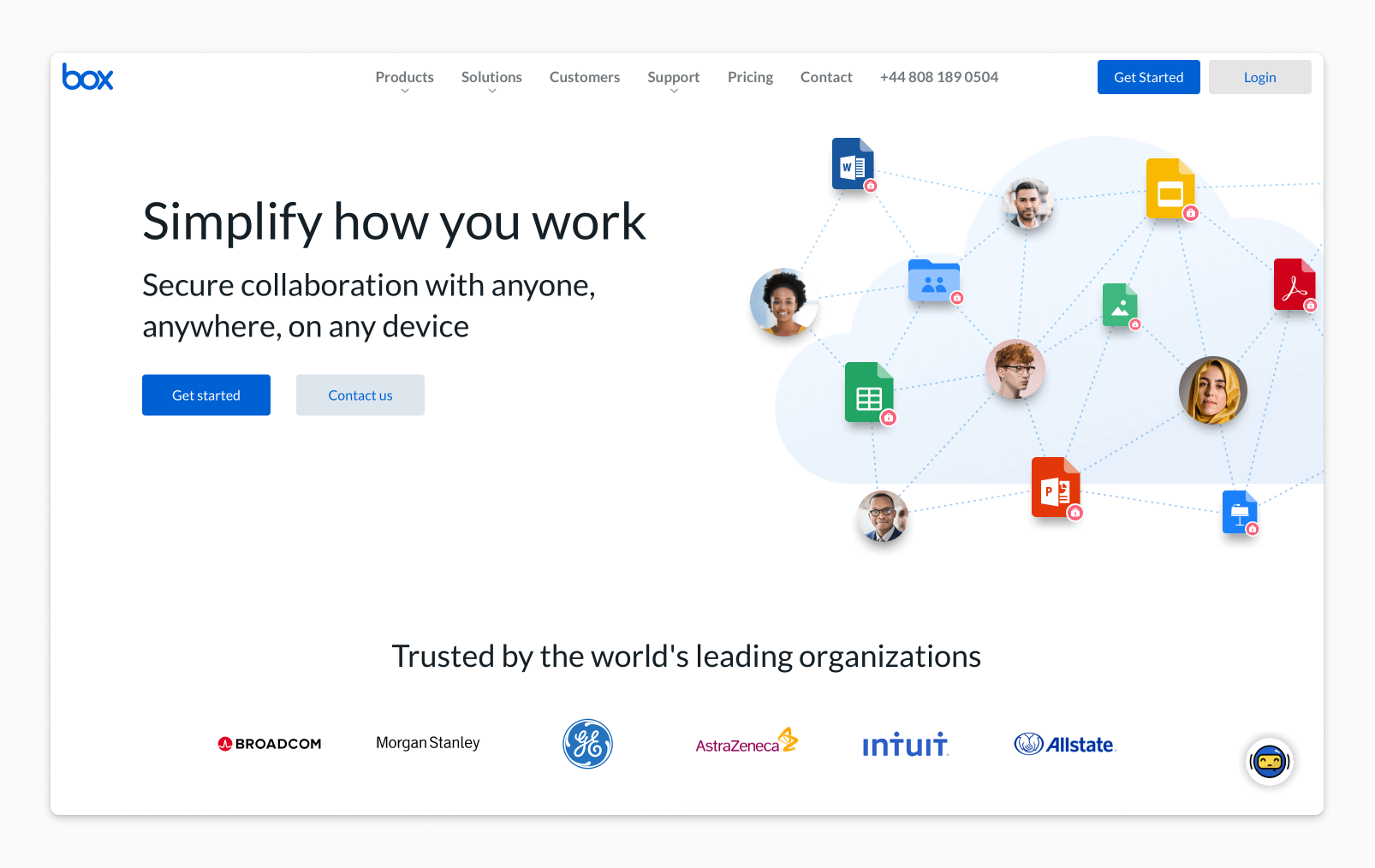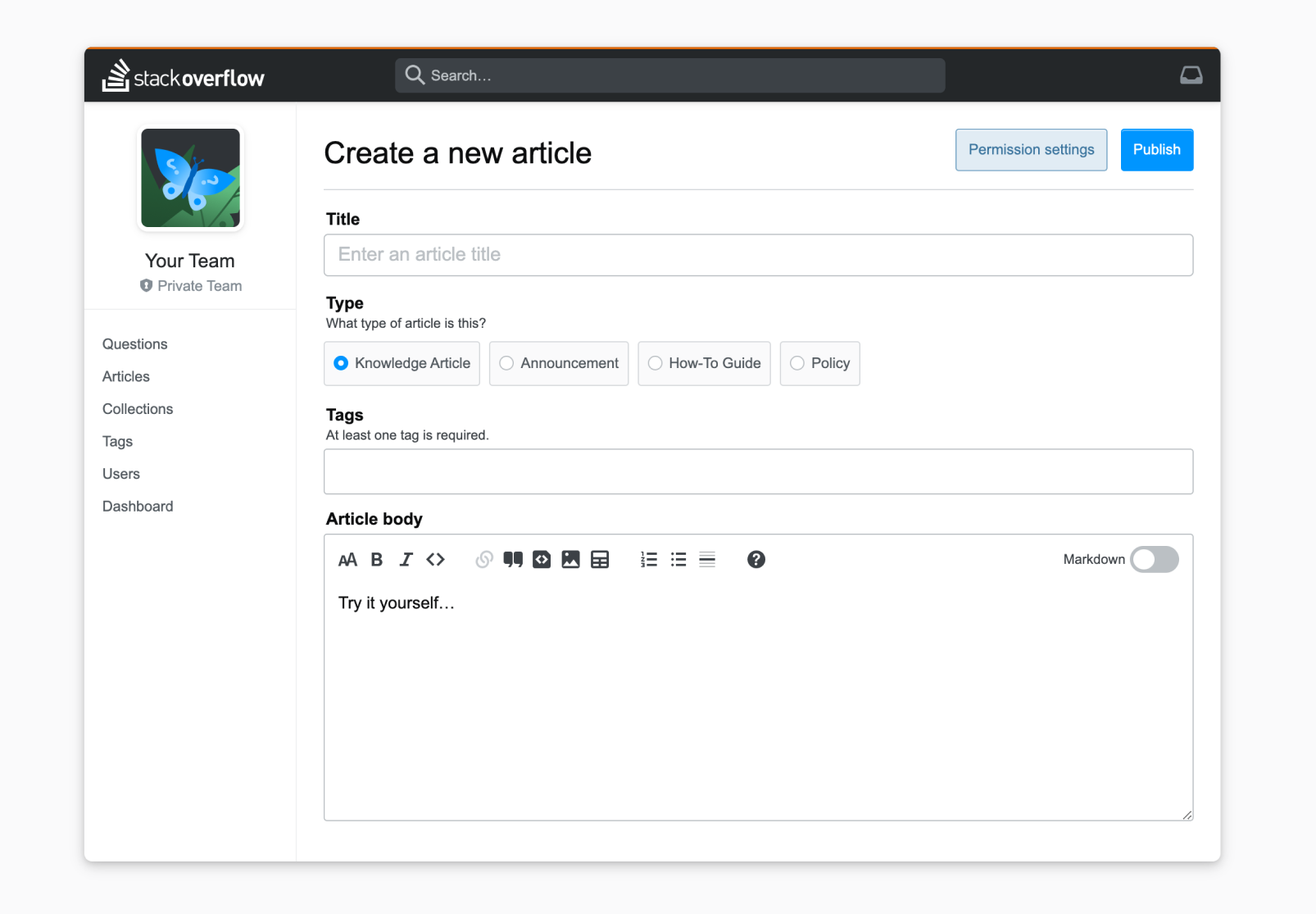Box
Case Study: How Box unblocked a knowledge sharing bottleneck
Box noticed Q&A was becoming a bottleneck for engineering support. They found a solution that increased collaboration and boosted productivity.
Box went public in 2015 and has around 2000 employees and several hundred engineers. It provides modern cloud capabilities with enterprise grade security and compliance to companies like AstraZeneca, Nationwide Insurance, Morgan Stanley, and GE.
In 2019, Eddie Flaisler, the company’s head of enterprise engineering, decided there was a challenge Box needed to address. “The biggest issue we had as an engineering organization was knowledge transfer and searchability of knowledge. I think it is very common in engineering organizations that you find people have a lot of institutional knowledge, a lot of things that they keep in their head. Either it is not documented anywhere, or it is in a collection of Box notes, Google docs, Confluence pages, just all over the place.”

Over the last year and a half, 650 users at Box have provided over 900 answers which have been searched over 4,000 times on their Stack Internal. “Stack Overflow is heavily used at Box as the interface for engineering teams, in terms of how other teams, be it support, product, or marketing, can communicate with them,” explains Flaisler.
It was important that employees be able to get answers to technical questions, but engineers also needed time for focused work. Avoiding context switching was key. “If you have a question, if you have some clarification that you need, instead of overwhelming everyone on Slack or an email, there's a queue. Questions are created, somebody is monitoring the questions and responding, and this has improved productivity across the board.”
Avoiding bottlenecks
Aiko Krishna is a product manager on the File System team at Box, a role that works with teams across web, mobile, and desktop applications, as well as a variety of add on products, APIs, and the core platform layer. Like Flaisler, her team was struggling to share knowledge across different parts of the organization. “All these product areas depend on the file system, so we have a lot of internal customers. Part of my job is understanding what internal customers are trying to build and how we can help them, how we can empower these different teams to deliver.”
Because the file system group is a backend team that owns a lot of the core product functionality, many colleagues come to them with issues to fix. The group has an on-call engineer dedicated to dealing with whatever comes up. “A lot of teams will reach out to the on-call engineer for these ad hoc questions they have, but oftentimes our on-call engineers are too busy working on something, fixing something,” says Krishna. “We were becoming a little bit of a bottleneck.”
To alleviate the problem, the team tried implementing a ticketing system with Jira. “But at the end of the day, It's very hard to search through Jira to get answers to questions. We weren't really building a knowledge base,” says Krishna. “We were trying to put together FAQ's on Confluence, for example, so that we can direct people to a page with frequently answered questions, but it just was taking a lot of effort on our end.”
We were trying to put together FAQ's on Confluence, for example, so that we can direct people to a page with frequently answered questions, but it just was taking a lot of effort on our end.Aiko Krishna, Product Manager at Box
A colleague noticed other departments adopting Stack Internal and brought the idea up. “Because our ownership and scope is so broad, we do get a lot of very detailed, nitty-gritty questions about how a certain API works, how a certain part of our product works. Fundamentally, I think that is the biggest challenge for our team, that we have such a broad scope,” says Krishna. “A lot of our teams depend on us. It's hard to keep track of all of the different bits of information, making sure that everyone has the answers they need and enabling those teams to do the work they need to do.”
When technical questions arrived, Krishna’s team began directing colleagues to Stack Internal. They used the Slack integration and created tags specific to their team and expertise. “It's great because in our team Slack channel, we'll see when someone posts a question. If someone is able to answer the question off the top of their head, great, they'll go ahead and answer it. But if not, during our stand-ups, we'll all look at the questions together and someone will volunteer to answer the questions. So we have a process in place now.”
Adapting public learnings for private use
As a veteran software engineer, Flaisler was familiar with Stack Overflow’s public Q&A websites. “Oh god, Stack Overflow is the reason I still have a job,” he joked with a laugh. “I cannot recall a single project in my life that I worked on in my career as a software engineer that did not extensively use Stack Overflow. I'm very careful not to do the awful copy paste, because that is dangerous, but it helps me understand so much, the answers there are wonderful.”
Flaisler was familiar with Stack Overflow’s approach to tagging content so that questions can be organized by language, framework, or technology. He encouraged Box staffers to use them when onboarding new departments and asking questions about different tech stacks. “As we onboarded different teams, tags was something we used very heavily.” This allowed them to distinguish between different parts of the organization and different types of questions. “It was always useful to me in the public instance and it's useful to us as a company.”
Krishna also sees it as instrumental to helping a growing company scale. “It's a very exciting time for our team where we're onboarding quite a few new team members. As they're ramping up, it's also become more critical that we leave a knowledge base so that they're able to reference those questions and answers. We're not just putting in all this effort answering people's questions and, you know, letting it kind of disappear into the data, the universe.”
A flexible tool
While Stack Internal began as a tool used principally by engineers, it has since spread to other parts of the company. “Initially I thought this is going to be an engineer-to-engineer Q&A tool, but actually it turns out a lot of people ask questions that are more product behavior related,” says Krishna. “So I do find myself actually answering a lot of the questions, which gets me very excited because it's also a learning process for me. A lot of the questions they ask, I'm able to test and figure it out myself without actually having to look at the code.”
While the initial idea was to create a knowledge base of internal information, Stack Overflow has also become useful for teams interacting with clients. Box has a consulting team that helps large customers with implementations and deployments. They will often build their own scripts and also utilize APIs. “It turns out that it's actually become a very good tool for our Box consulting team as well,” says Krishna.
Customers often ask how they should structure their folders or configure their security given the existing systems and architecture they have in-house. Some of the learnings stored on Box’s Stack Overflow are now related not to technical questions, but to best practices. “It’s been great for me because I think the questions they asked tend to sit in between product and engineering. Sometimes they are technical, but sometimes they're more about how we should approach an issue with a customer, what should we recommend to the customer?”
Krishna is excited about the possibility of expanding beyond Q&A to use Stack Internal for longer-form writing with features like Articles and Collections. “Documentation is a little bit of a loaded term. It implies formatting things correctly, thinking about the most frequently asked questions, something that requires a lot more planning and energy. It's hard to find that dedicated time. We were looking for a tool that would just allow us to record these questions that come in ad-hoc and Stack Overflow Internal was a natural fit for that.”

You can think of this as “just-in-time” documentation that grows organically from daily demand but coalesces over time into something with lasting value. “Being able to consolidate a lot of these questions in a way that makes sense for our team as well as everyone else in the organization I think is the next big, next step for us.”
Box’s is a place where engineers and product managers can work on innovative technologies, and it’s investing in new tools that allow for remote, asynchronous collaboration, a critical ability in the current work environment. “What we love about Stack Overflow is that it's a very dynamic tool,” says Flaisler. “I'm not even sure it was intended when you built it, but there's just so many ways to use this as a liaison between different teams and different knowledge bases.”